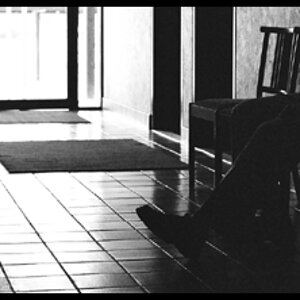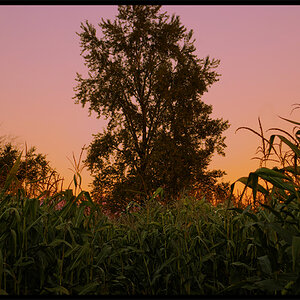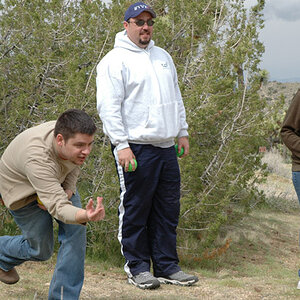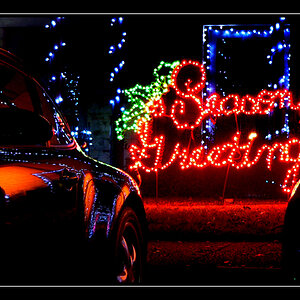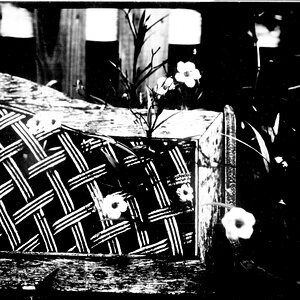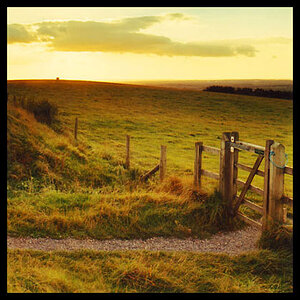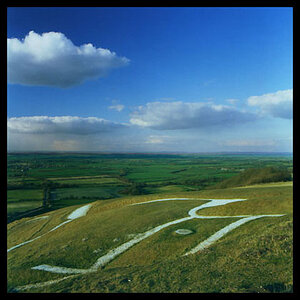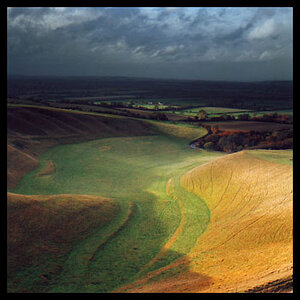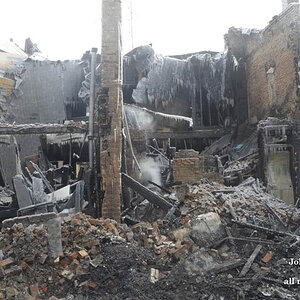Santa Gertrudis
TPF Noob!
- Joined
- Feb 9, 2010
- Messages
- 321
- Reaction score
- 0
- Location
- San Marcos, Texas
- Can others edit my Photos
- Photos OK to edit
In single shot mode everything works just fine, but when I put it in continuous mode, it does this...
click click click click..........click.........click.........................click..............................click
After the first 4 or 5 shots, it gets progressively slower. Any ideas?
click click click click..........click.........click.........................click..............................click
After the first 4 or 5 shots, it gets progressively slower. Any ideas?


![[No title]](/data/xfmg/thumbnail/41/41492-467958db3420bceb7ab410a12dcc681f.jpg?1619739819)
